

Heritage Hill State Park
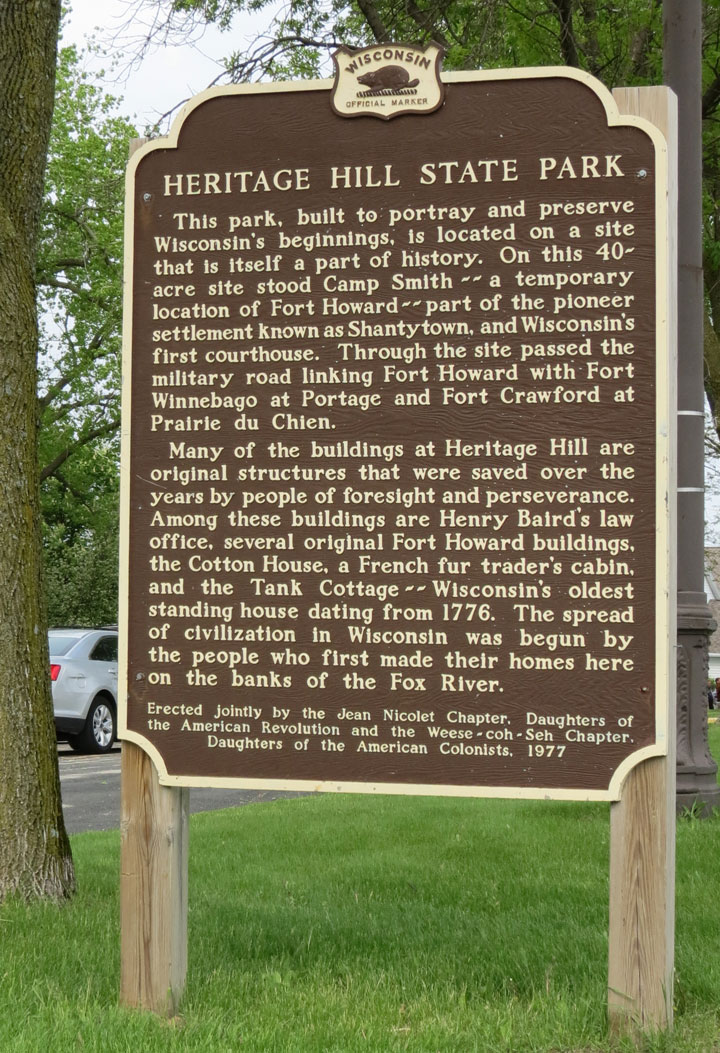
Heritage Hill State Historical Park, also called Heritage Hill State Park, is a 48-acre (19 ha) open air museum of 25 historical structures in Allouez in metropolitan Green Bay, Wisconsin. It is listed as a Wisconsin state park, but the site is managed by a non-profit organization called the Heritage Hill Foundation. The structures include log cabins from the fur trade era, buildings from Fort Howard, and stores and public buildings from the late nineteenth century.
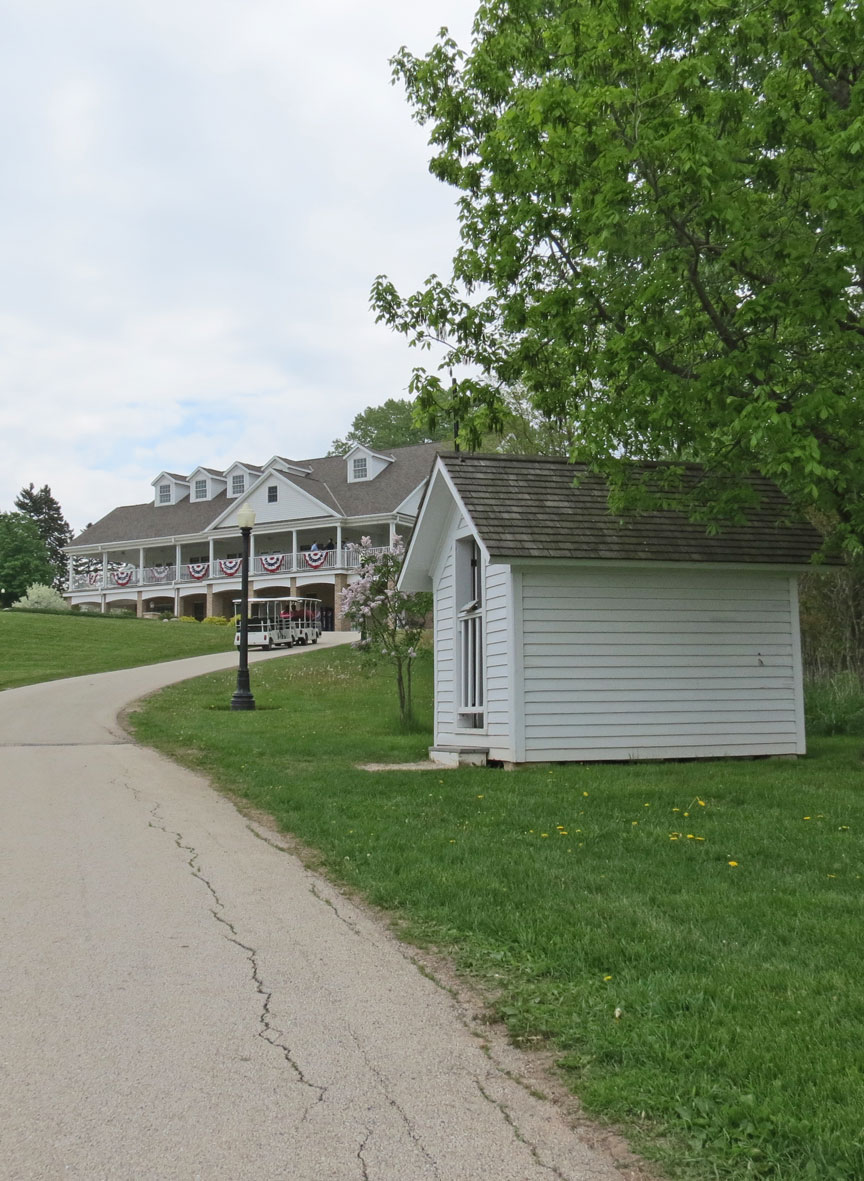
Education Center and the cart taking visitors through the park
More Photos of the Education Center
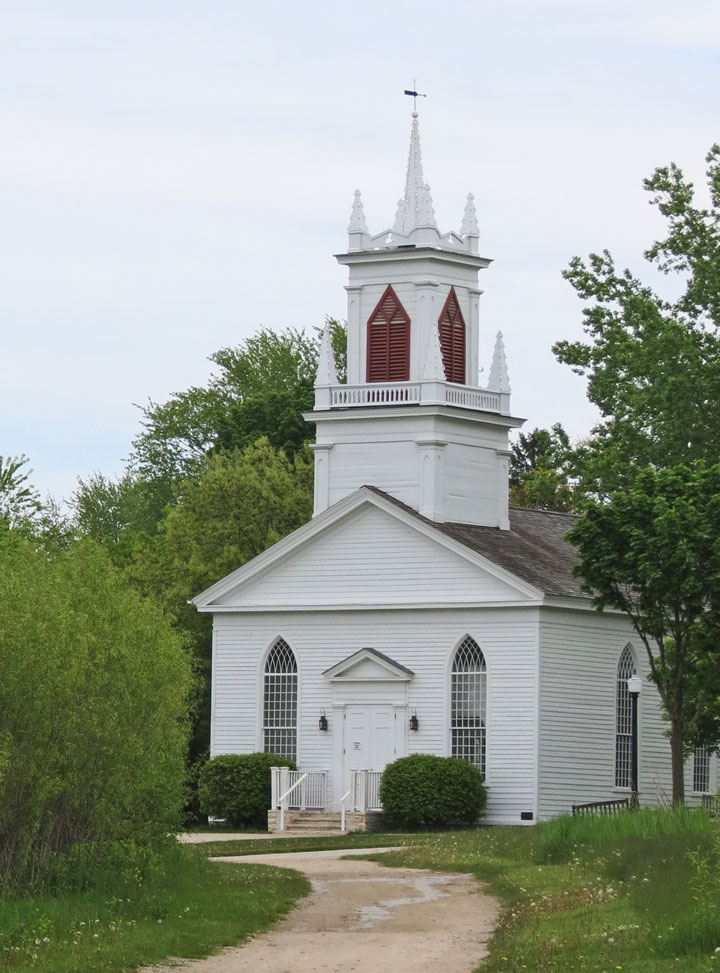
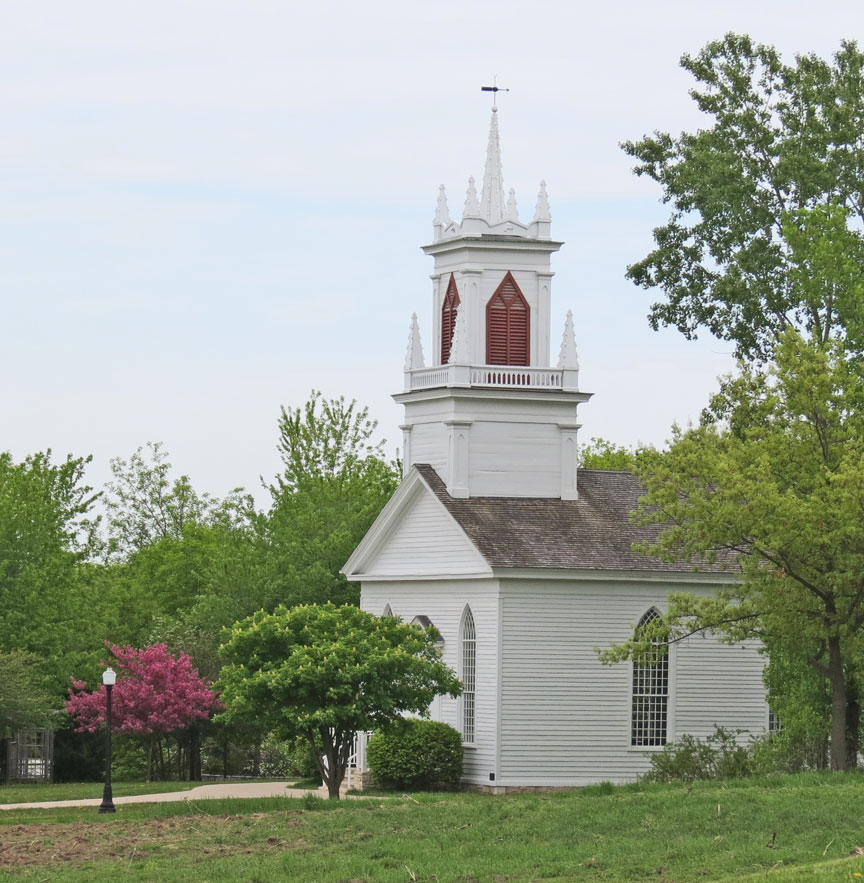
The corner stone of this church was laid in October 1851. The church was located in downtown Green Bay. In 1960 the church was sold to Grace Lutheran Church.
It was moved to Heritage Hill in 1980 and re-dedicated on October 10, 1981. This church is the oldest standing church and is listed on the National Register of Historic Places.
| Original Build Date | 1851-1852 |
|---|---|
| Original Location | Moravian St. Downtown Green Bay |
| Construction Style | Timber Framed Greek Revival |
| Original Owner | Moravian Church |
| Moved to Heritage Hill | 1980 |
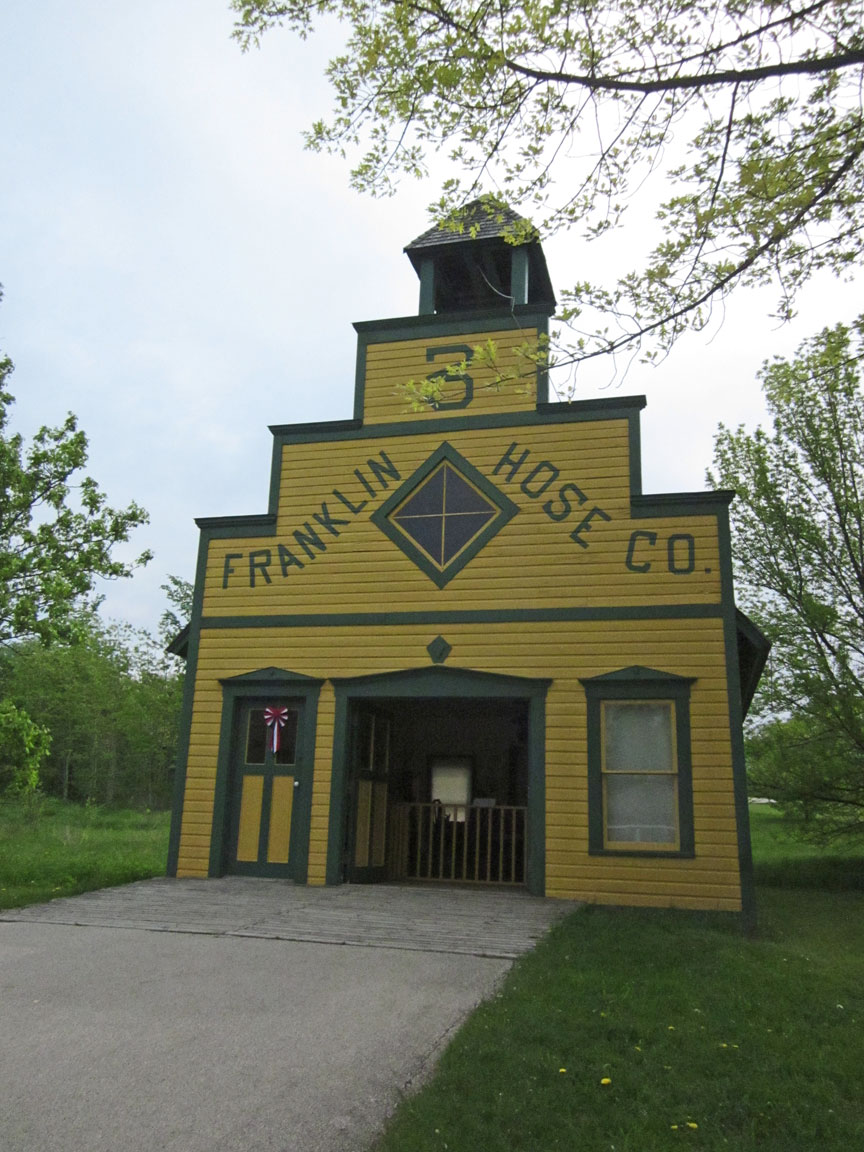
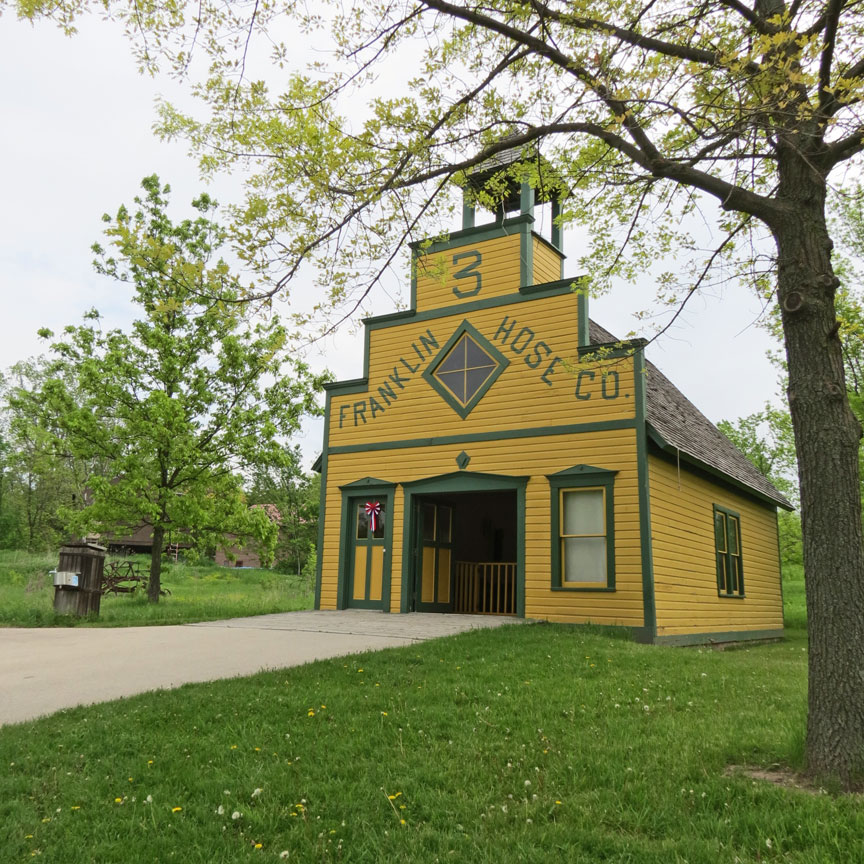
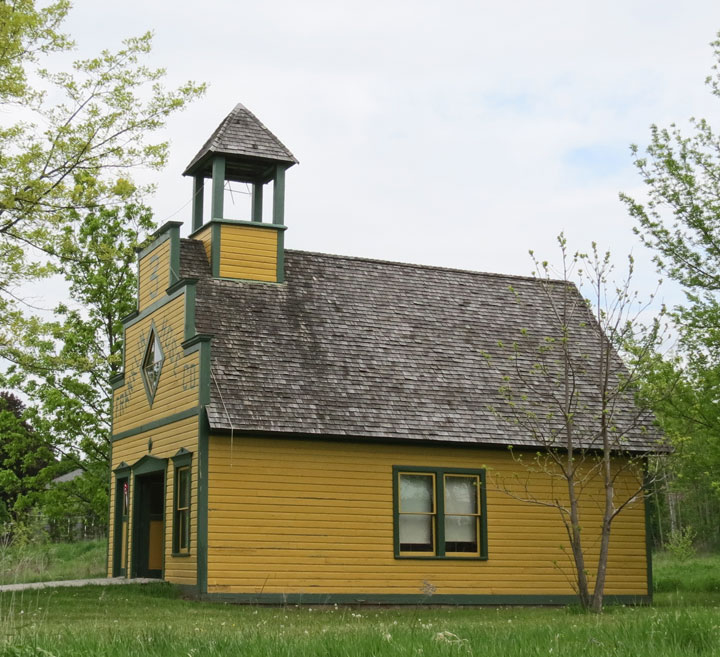
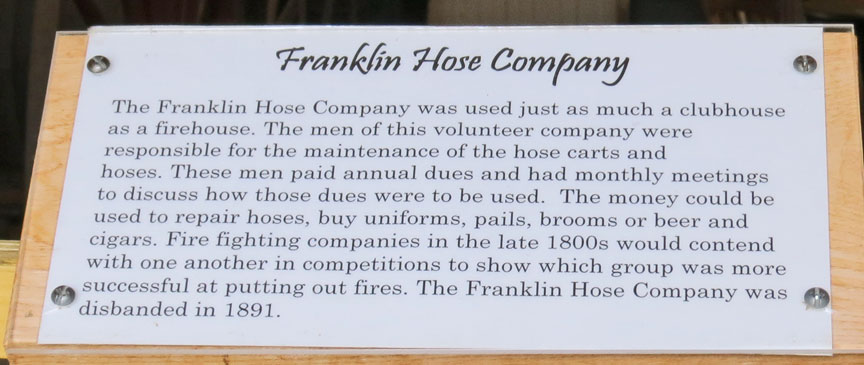
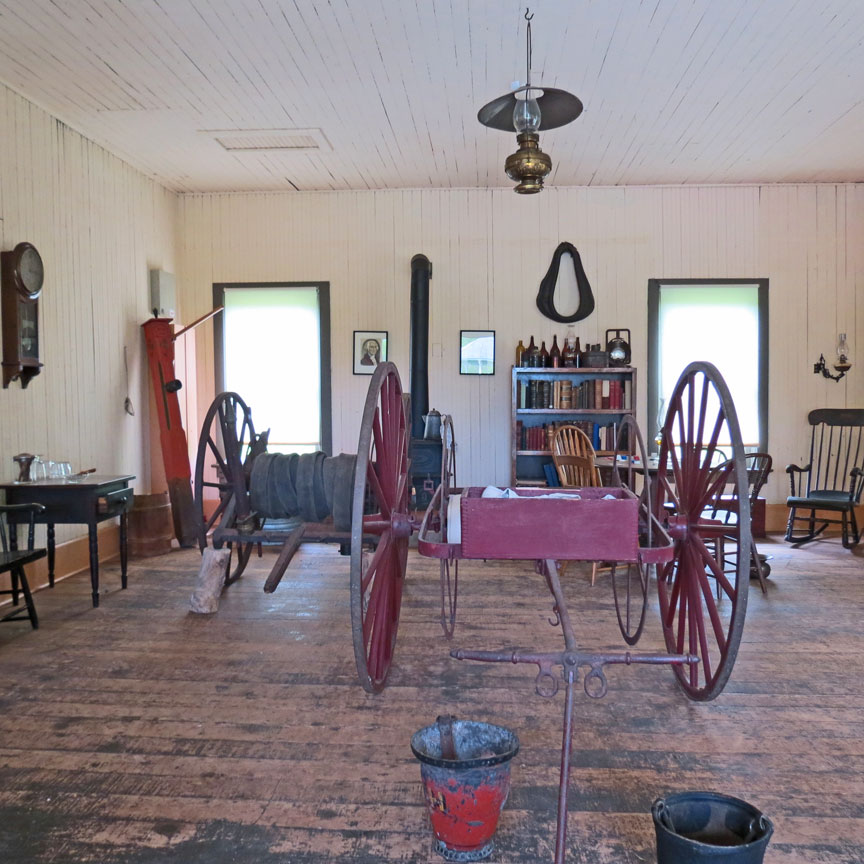
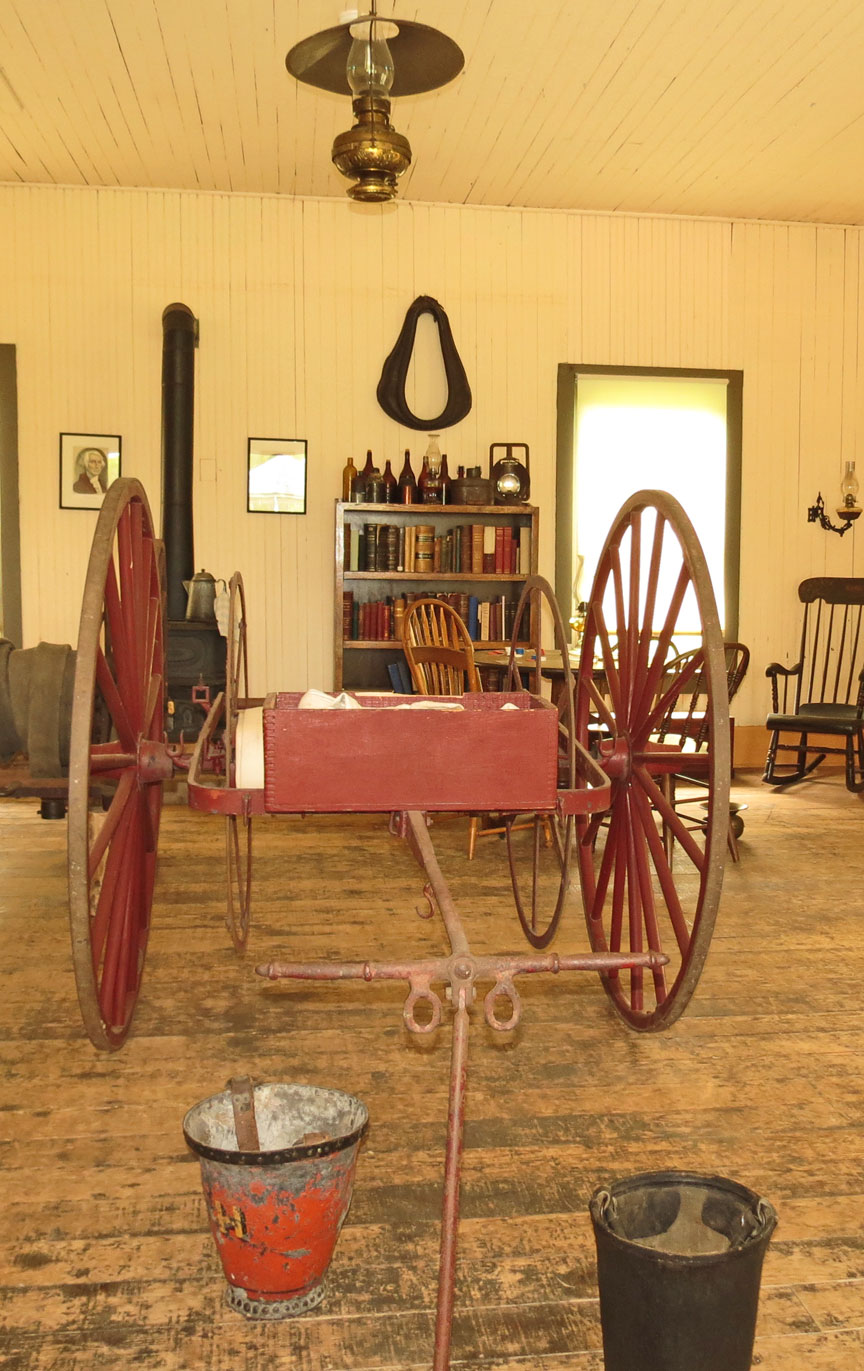
The Franklin Hose Company No. 3, was built in 1887 and located on the corner of Main and Irwin Sts. This is the second building put up at this site for the purpose of a volunteer fire department. The Franklin Hose Company disbanded in 1891. The building was moved to Heritage Hill in 1975.
| Original Build Date | 1887 |
|---|---|
| Original Location | Corner of Main and Irwin |
| Construction Style | Wood Frame |
| Original Owner | Franklin Volunteer Fire Department |
| Moved to Heritage Hill | 1975 |
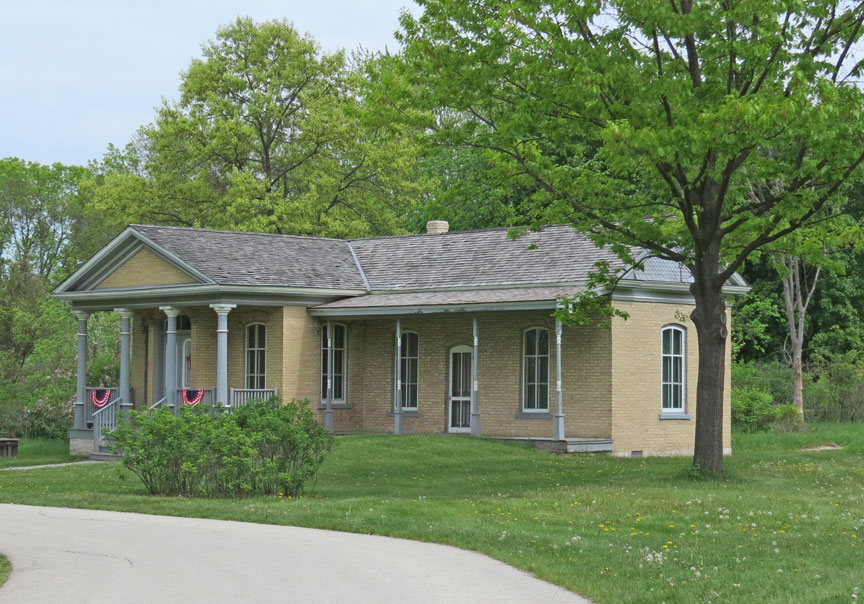
library
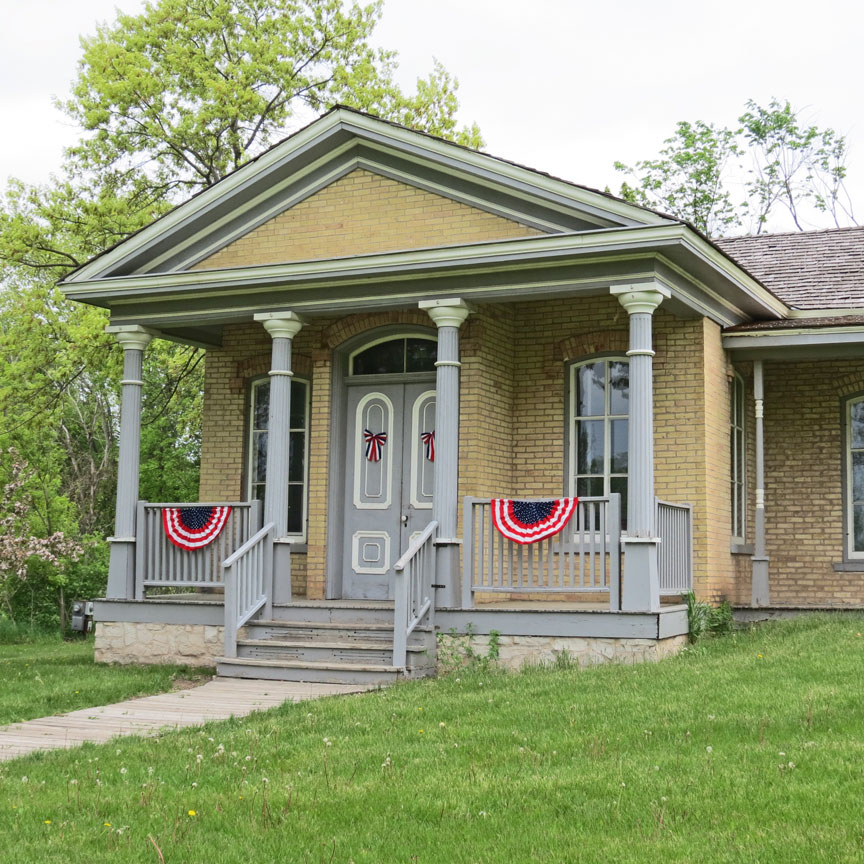
This building was located at 810 Chestnut St. It was built in 1873, with money solicited by Reverend William Curtis and constructed as a boys club. Mrs. Tank donated $1200.00 towards the construction of the building. The side wing was added in 1893.
| Original Build Date | 1873 |
|---|---|
| Original Location | 810 South Jefferson Street |
| Construction Style | Wood Framed With Brick Veneer |
| Original Owner | Congregational Church |
| Moved to Heritage Hill | 1977 |
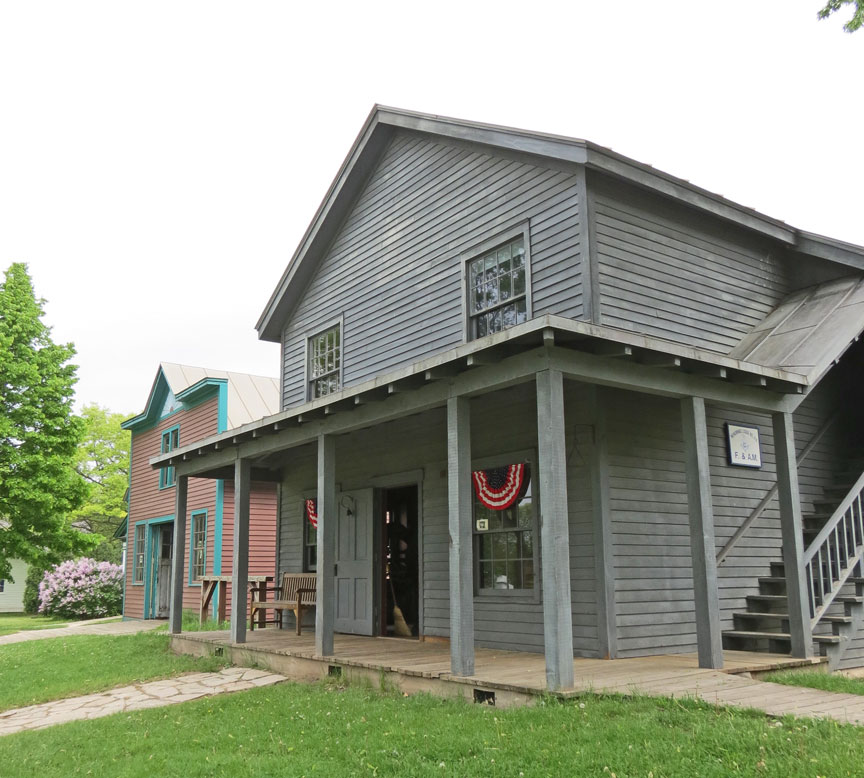
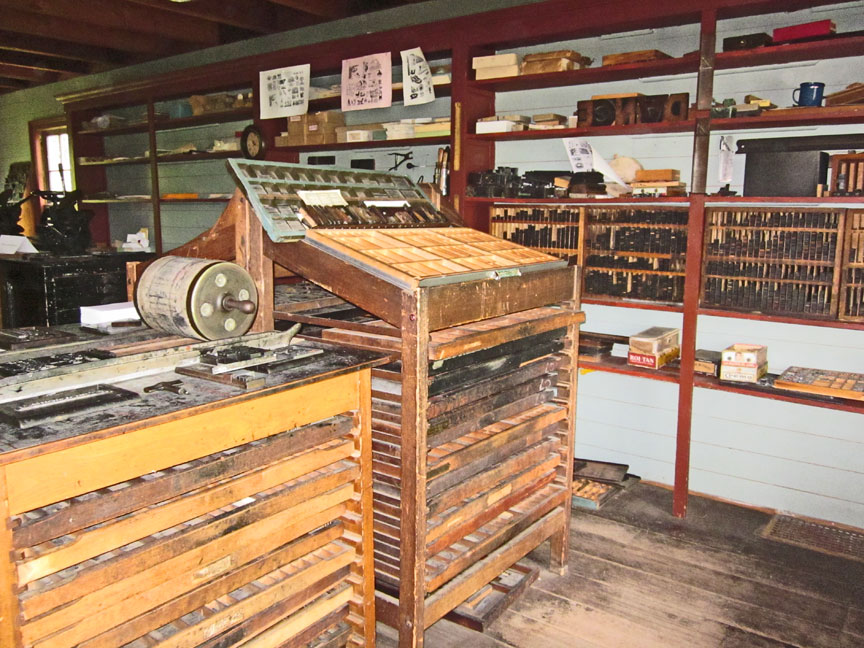
Print Shop
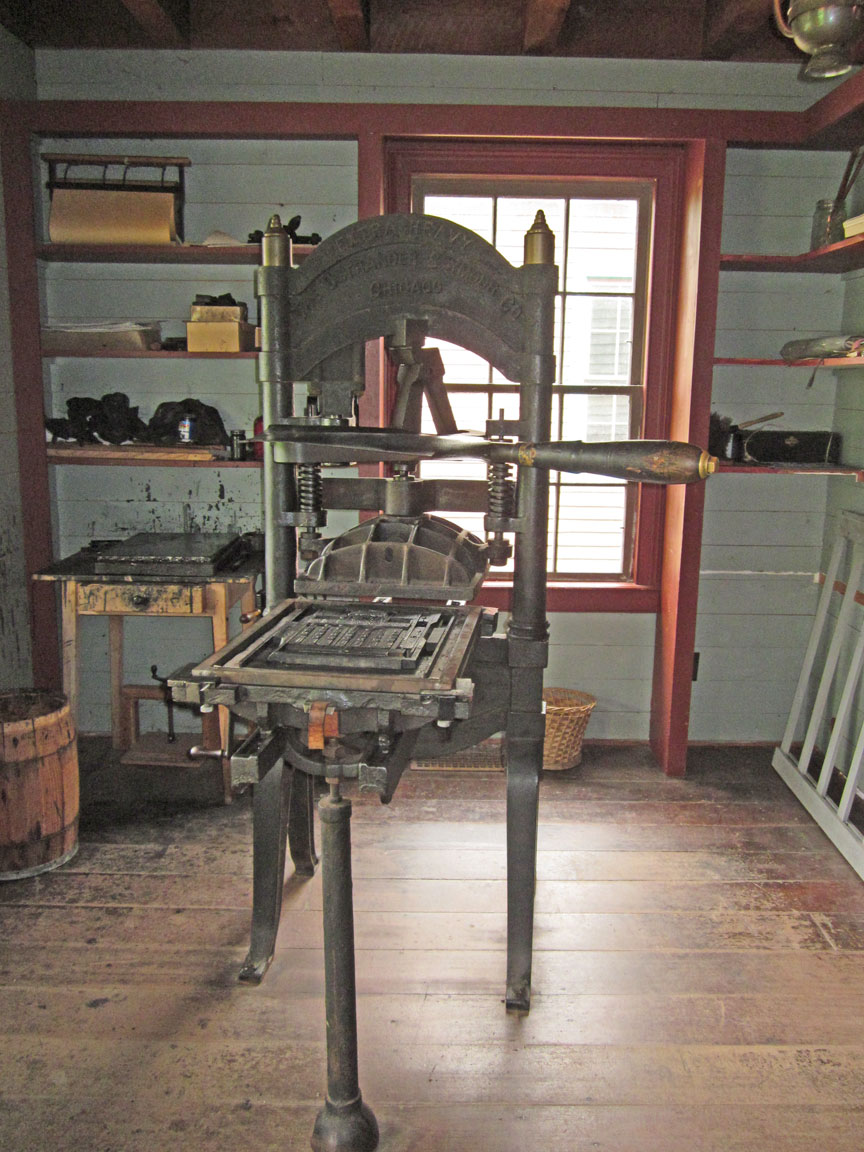
This replica building demonstrates the fine art of printing the local news. It is modeled after the original De Pere News that was started in De Pere in 1871. All of the equipment is original to the latter half of the 19th century.
| Original Build Date | 1976 (reproduction) |
|---|---|
| Original Location | Heritage Hill |
| Construction Style | Wood Frame |
| Original Owner | DNR |
| Moved to Heritage Hill | Constructed on site |
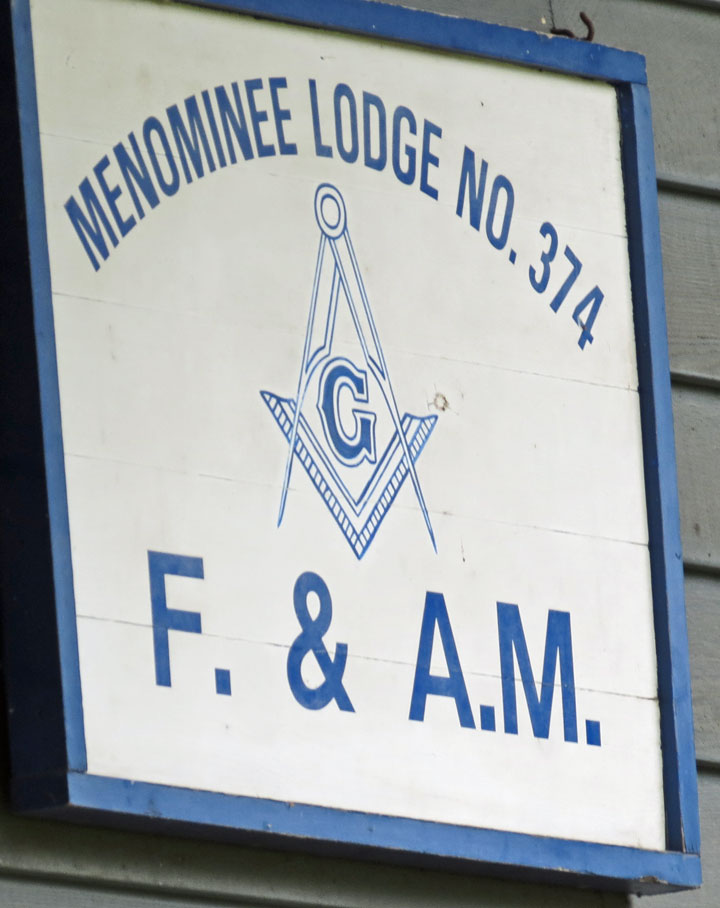
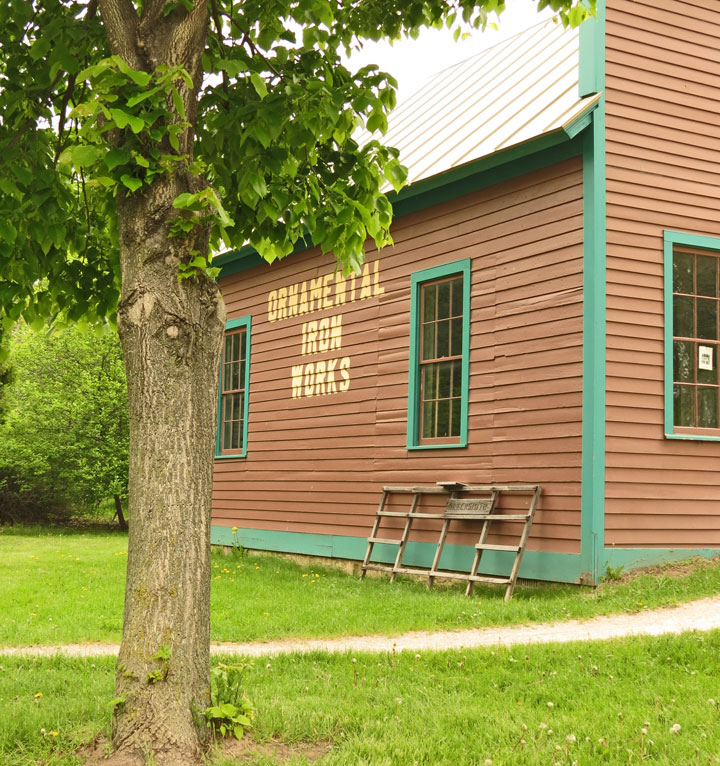
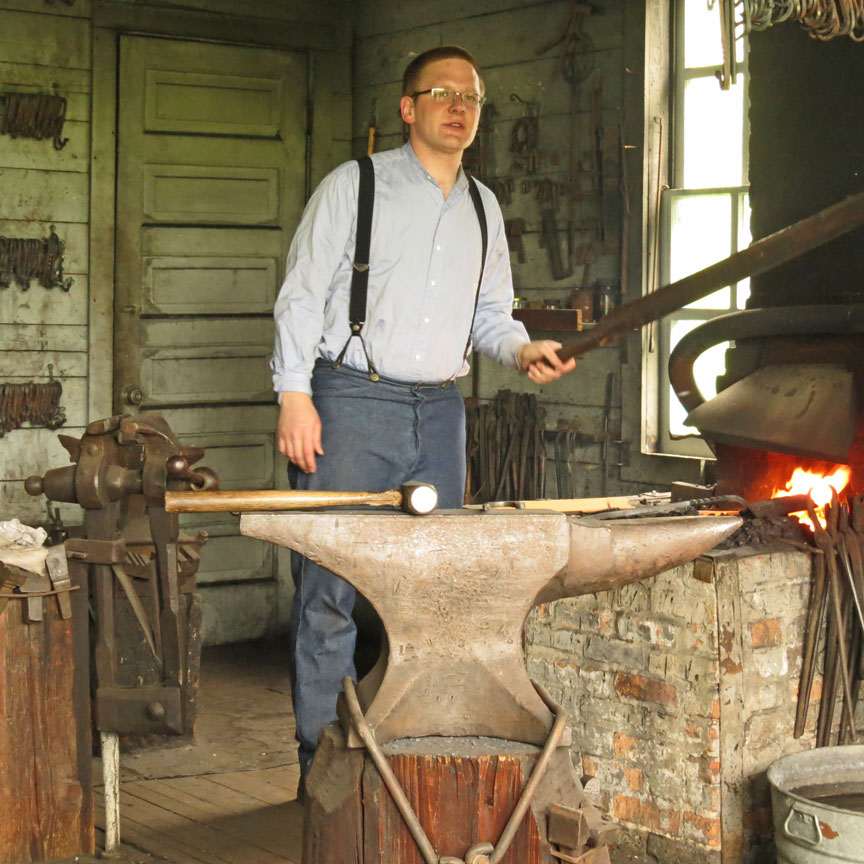


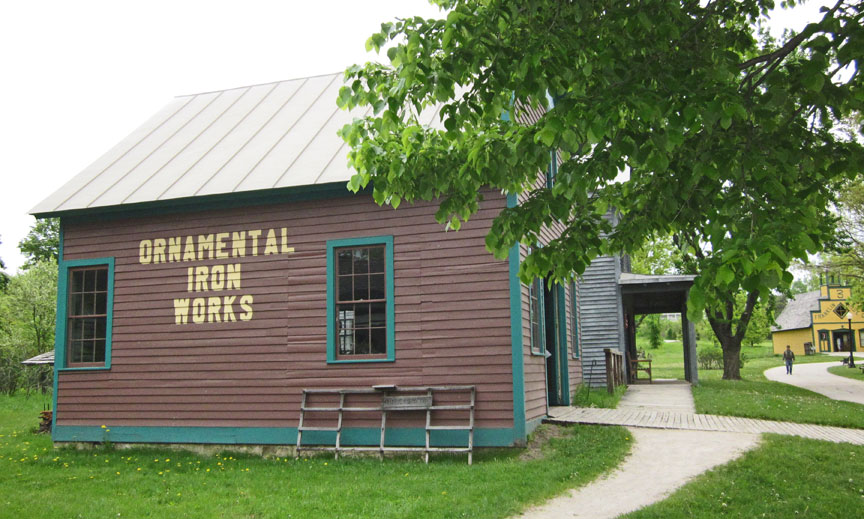
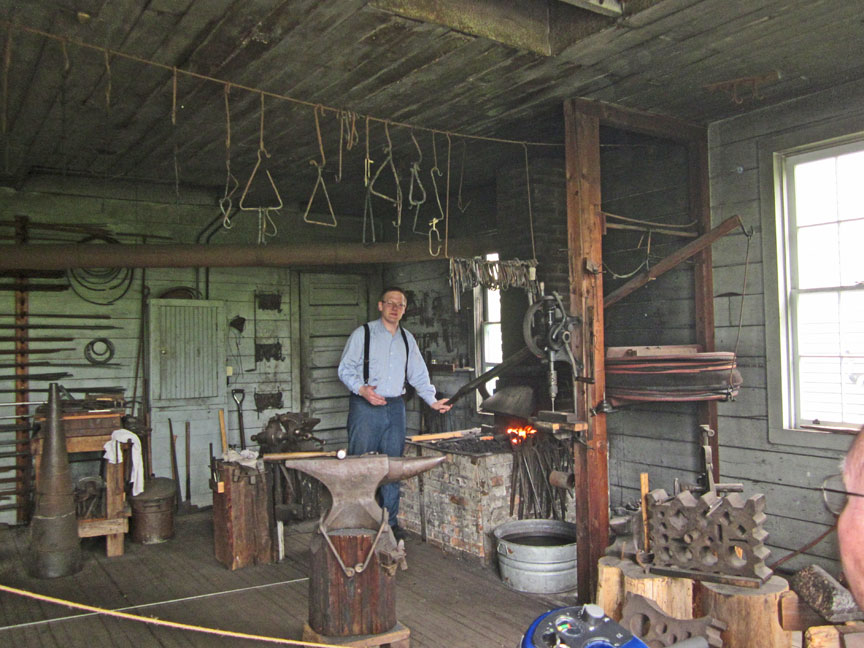
The building was built by Henry M. DeWitt and stood on the corner of Danz and University. Mr. DeWitt focused on decorative blacksmithing and not so much on horse shoes. Later the shop was used as a auto repair shop.
| Original Build Date | 1897 |
|---|---|
| Original Location | Corner of Danz and University |
| Construction Style | Wood Frame |
| Original Owner | DeWitt |
| Moved to Heritage Hill | 1976 |
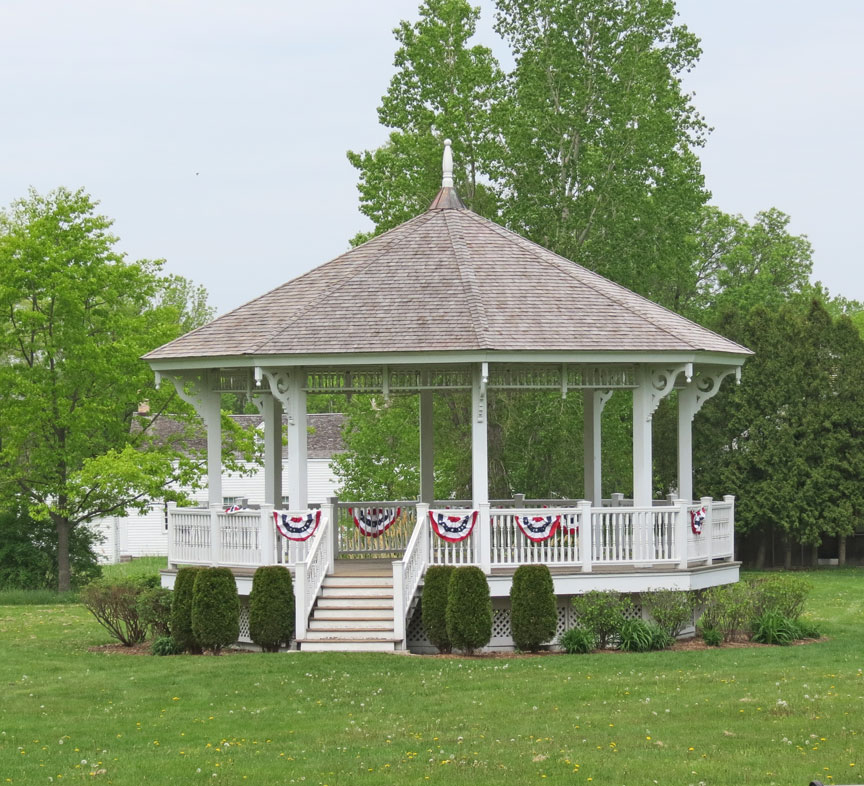
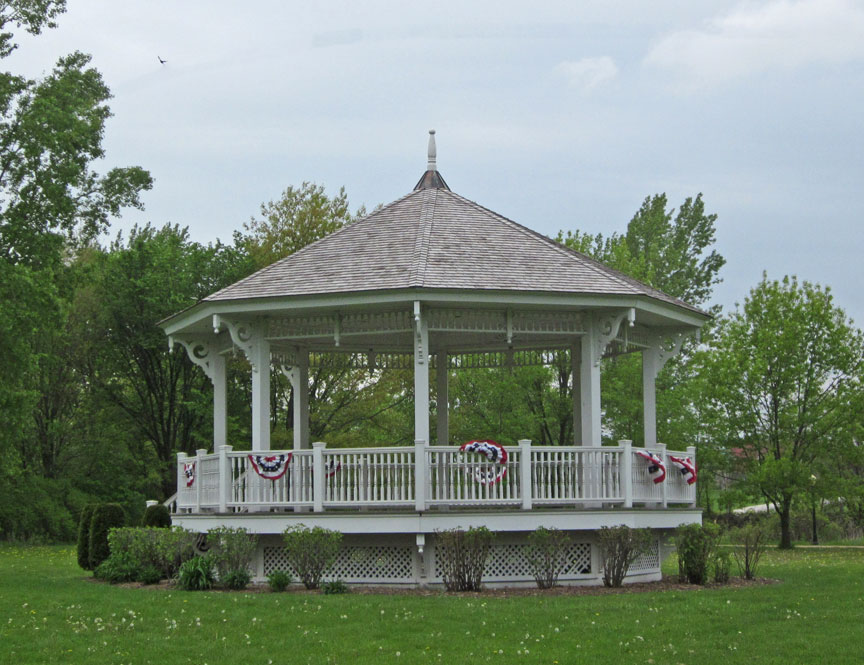
The Victorian Bandstand was donated in 1982 by Frederick and Patricia Baer. It often is used for weddings and Music on the Green Events.
| Original Build Date | 1982 (replica) |
|---|---|
| Original Location | Heritage Hill |
| Construction Style | Victorian |
| Original Owner | Heritage Hill |
| Moved to Heritage Hill | Built on site. |
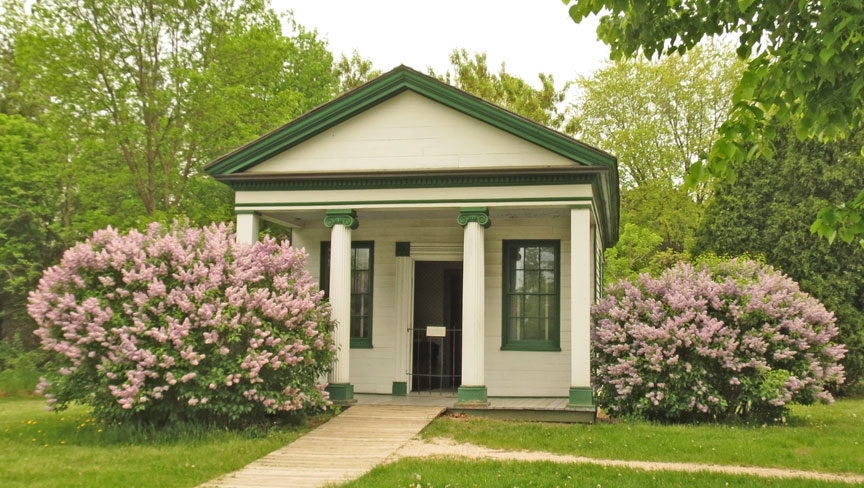
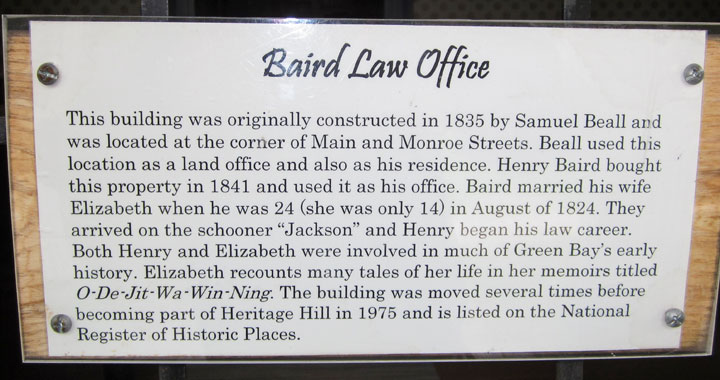

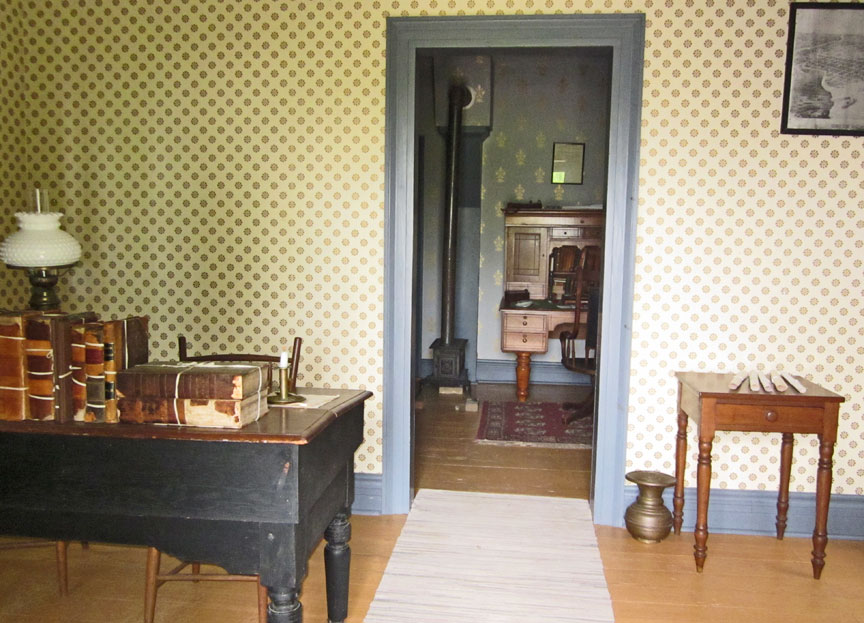
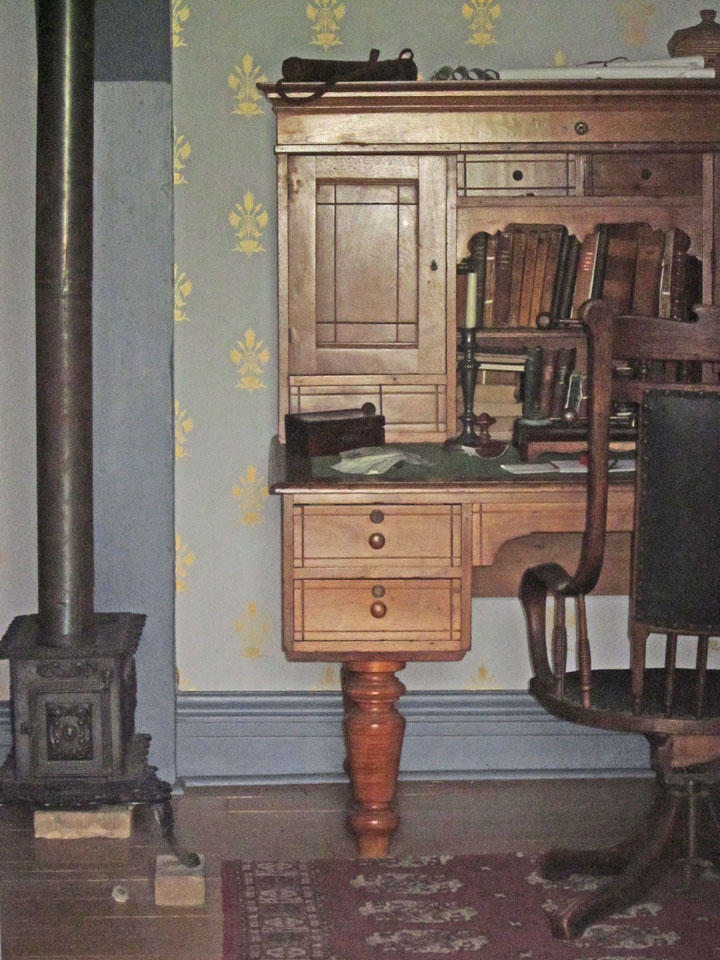
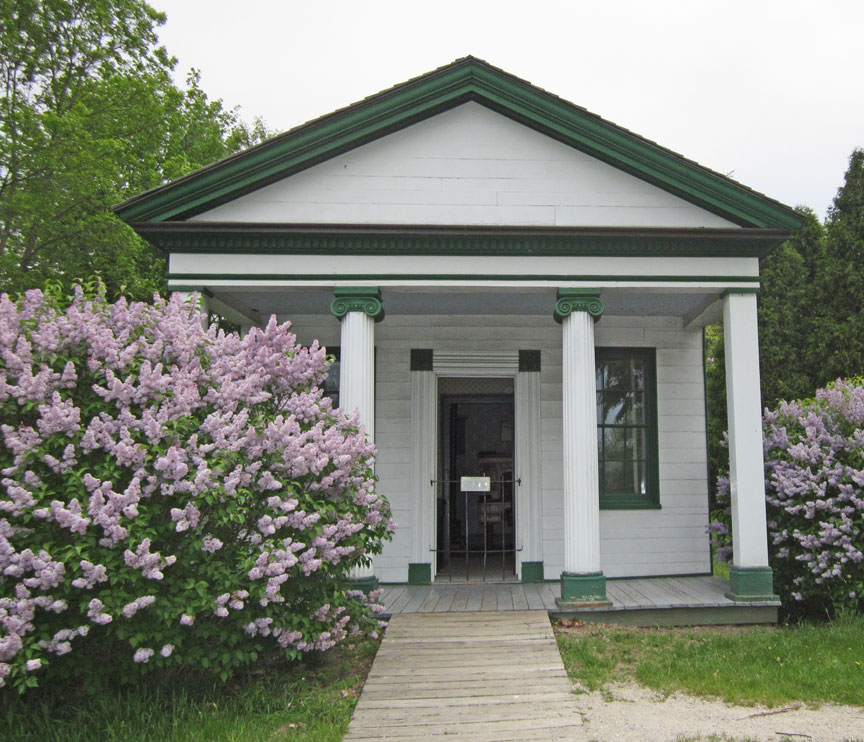
This building was constructed in 1835 by Samuel Beall at the corner of Main and Monroe Sts and used as a land office and Beall’s residence. Henry Baird bought the property in 1841 and used it as an office. It was moved several times before becoming a part of Heritage Hill in 1975. This building is listed on the National Register of Historic Places.
| Original Build Date | 1835 |
|---|---|
| Original Location | Corner of Main and Monroe |
| Construction Style | Greek Revival |
| Original Owner | Samuel Beall |
| Moved to Heritage Hill | 197 |

Town Hall

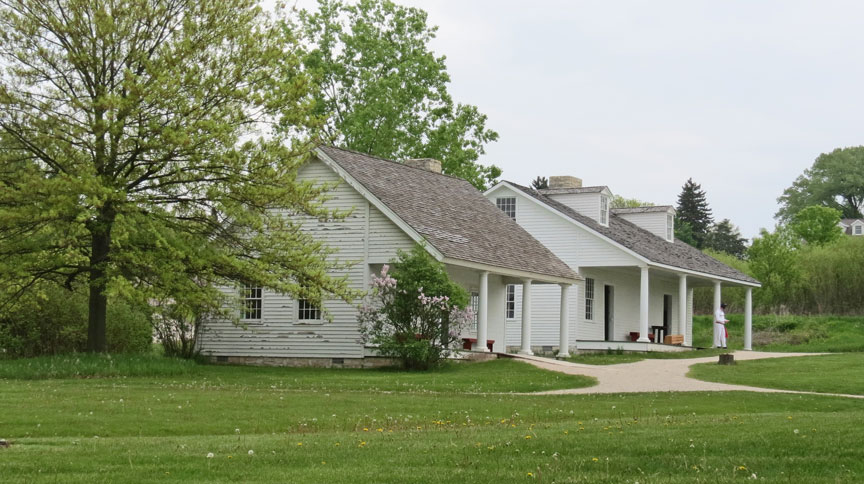
Fort Howard

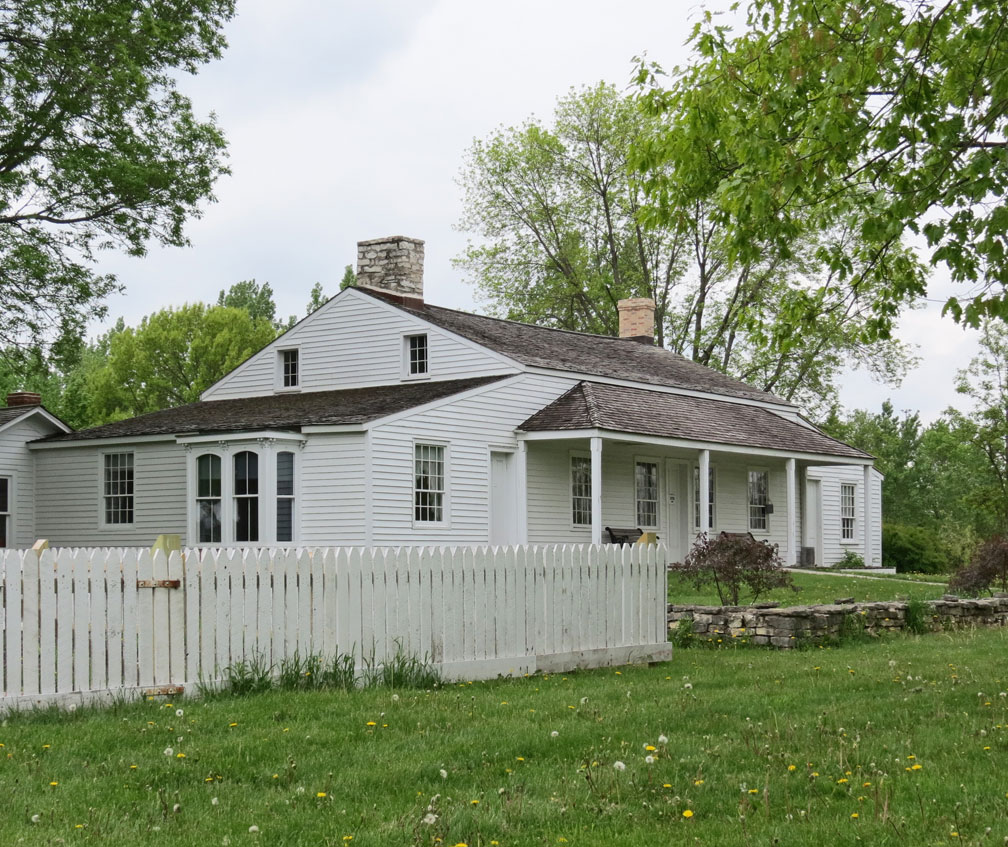
Tank Cottage
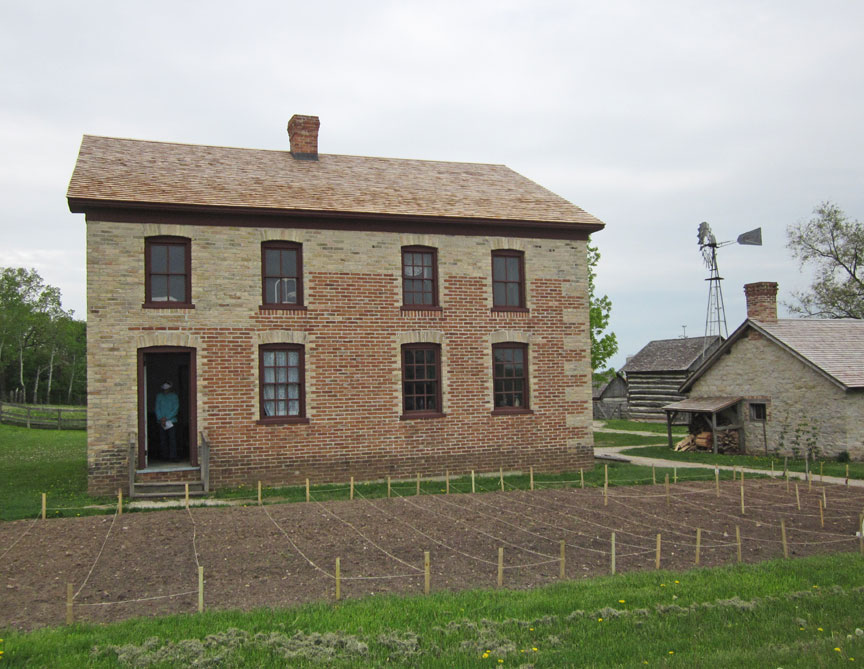

Belgium Farm House
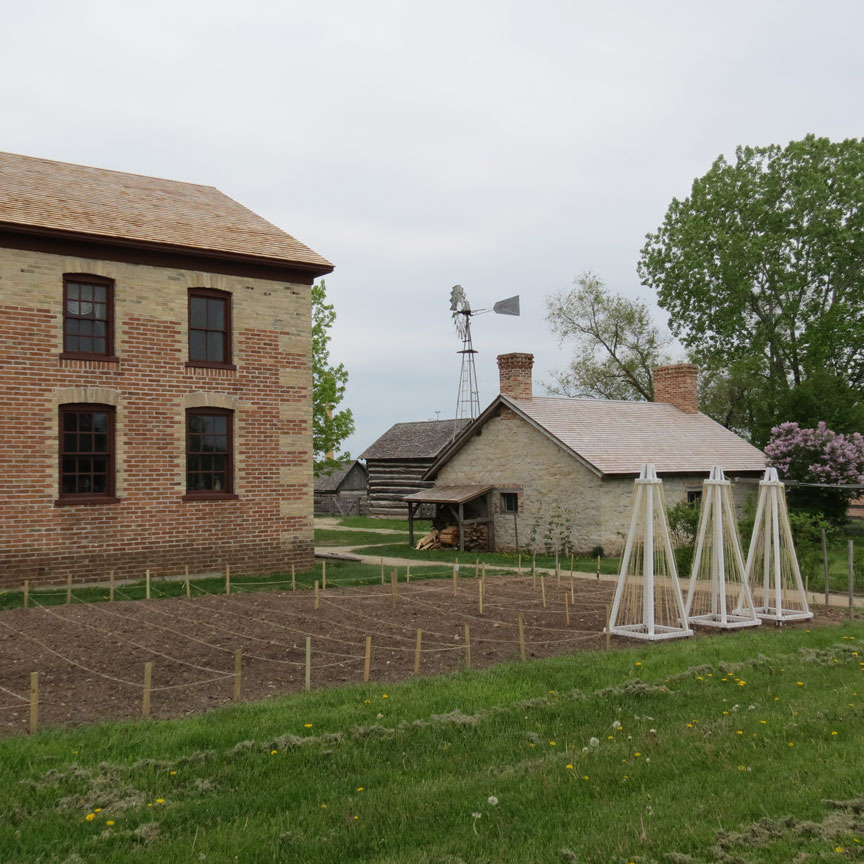

It is believed that the farmhouse was built after the October 10, 1871, Peshtigo Fire. The Charles Massart Family owned the farmhouse; the summer kitchen and the small log structure. The structures were located in Rosiere. The barn belonged to the Lampereur family from Brussels, the pig barn belonged to the Ivan Draize family from Luxemburg, the chicken coop belonged to the Julian Romwald family, and the Roadside Chapel belonged to the LaLazerne family of Duvall. All were located in Kewaunee County. The farmhouse is a log house with brick veneer. The brick is red, probably from the area, and cream, probably from the lakeshore, possibly Milwaukee area. The brick was added sometime after the house was constructed. The brick has a “quoins” design typical of homes in Belgium. The summer kitchen is made of limestone. The barn and other out buildings are of log construction.
| Original Build Date | Circa 1872 |
|---|---|
| Original Location | Near Rosierre, Wisconsin |
| Construction Style | Log with brick veneer |
| Original Owner | John Baptist and Theresa Massart |
| Moved to Heritage Hill | 1984 |
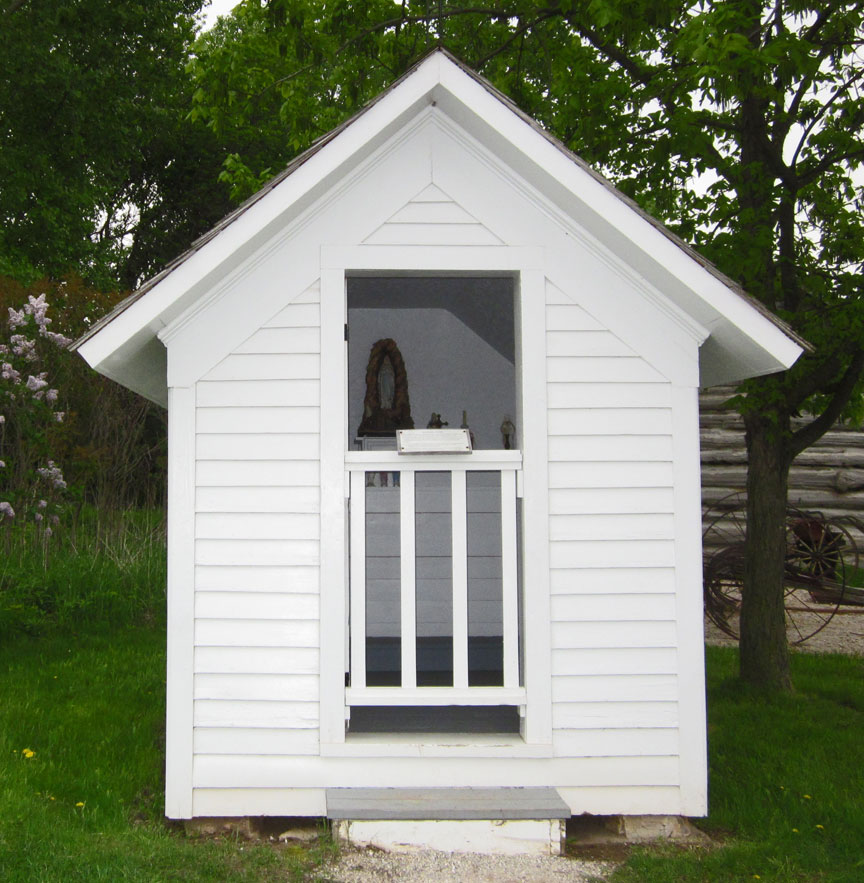

This Chapel was given to Heritage Hill by the Laluzerne Family of Duvall and was restored to what it was like in the early 1900s. Joseph Derenne, Mrs. Laluzerne’s father, built the Chapel after he was miraculously cured of cancer. Chapels such as this were a common sight near many of the Belgian farms in northeastern Wisconsin. They were probably built for the following reasons:
The chapel served as a place for the family to say daily prayers, and even for travelers to stop and say prayers or to say the Rosary. It is another indication of the extreme religious beliefs of the Belgian people.
| Original Build Date | 1871 |
|---|---|
| Original Location | Duvall, Wisconsin |
| Construction Style | Wood Frame |
| Original Owner | Laluzerne Family |
| Moved to Heritage Hill | 1983 |


This building was built in 1894 located in Kewaunee County a crossroad one mile south and east of Slovan. The original owner was listed as A. Anashek. He sold it to Joseph Adams and his wife Mary in 1895, who would have been operating it in 1905. The Clyde Cheese Factory tells the story of the importance of the cheese industry in the development of these crossroads communities. The small cheese factories of Northeastern Wisconsin were a familiar sight in the rural landscape at the turn of the 20th century.
| Original Build Date | 1894 |
|---|---|
| Original Location | Near Slovan in Kewaunee County |
| Construction Style | Wood Framed |
| Original Owner | A. Anashek |
| Moved to Heritage Hill | 1994 |
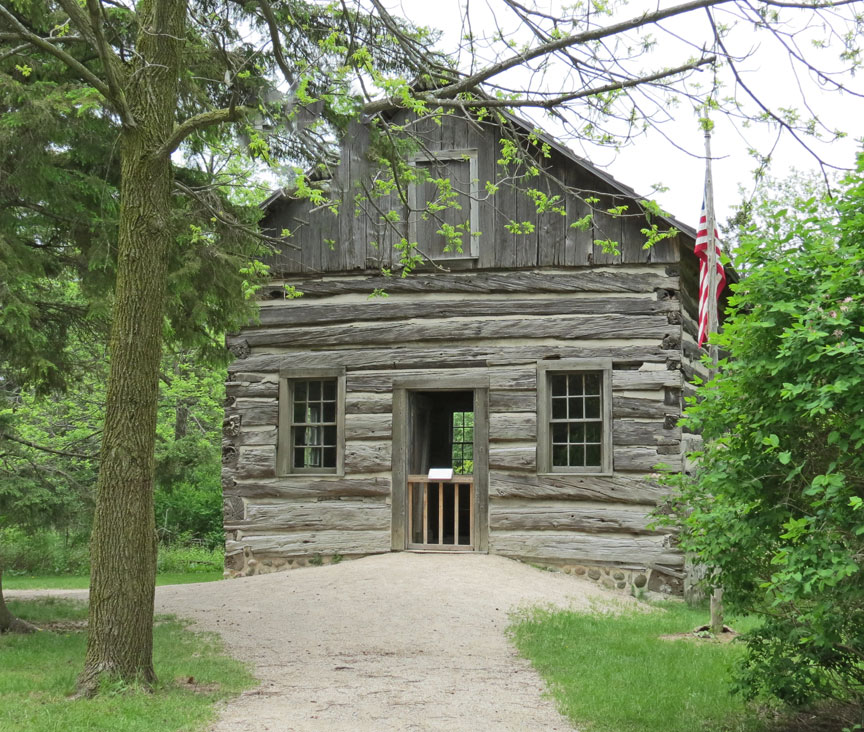
Courthouse
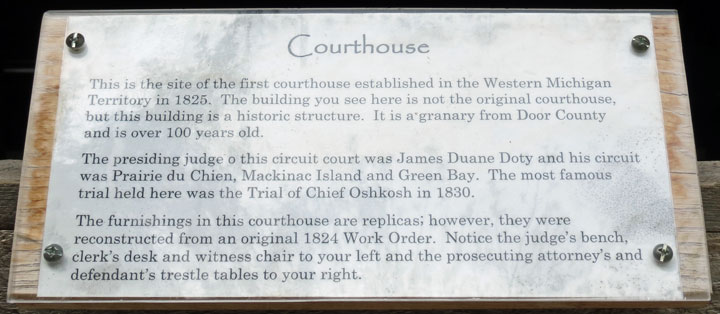
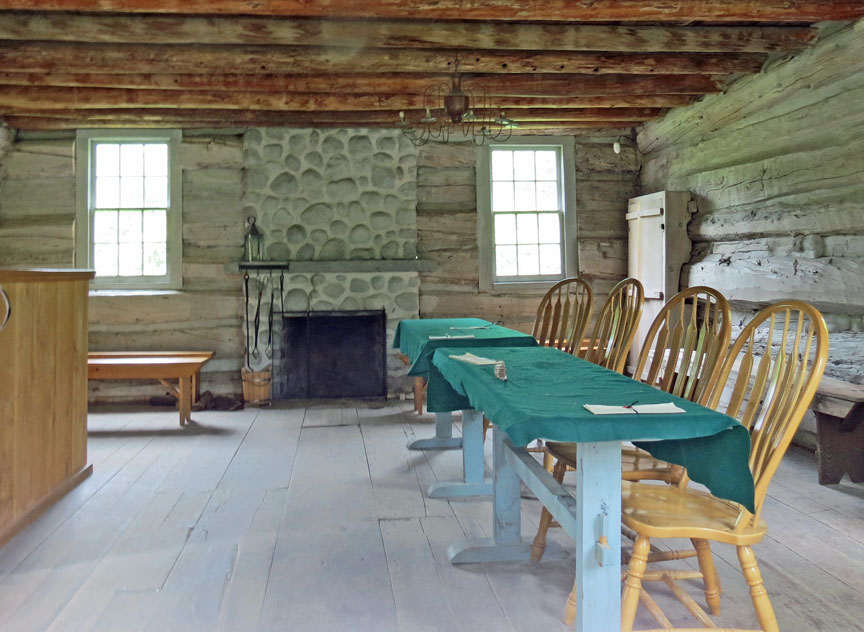

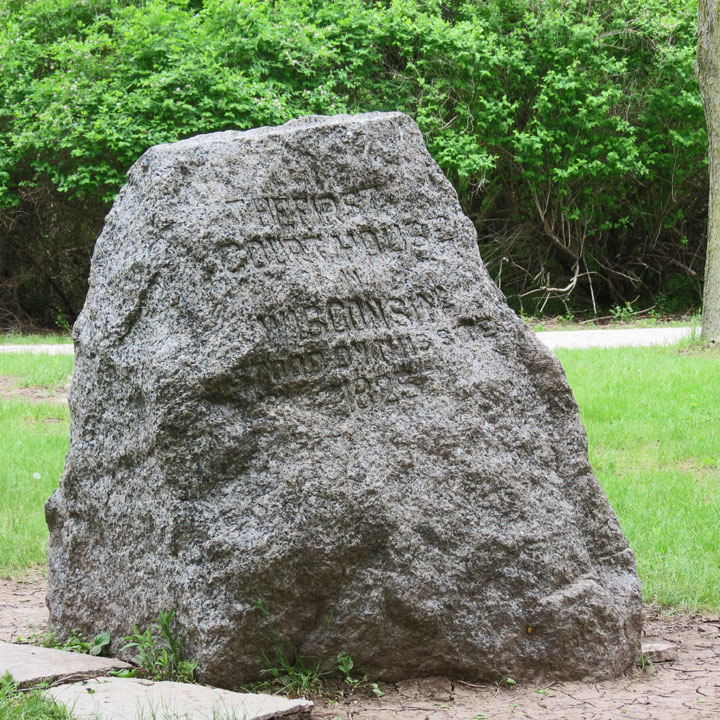
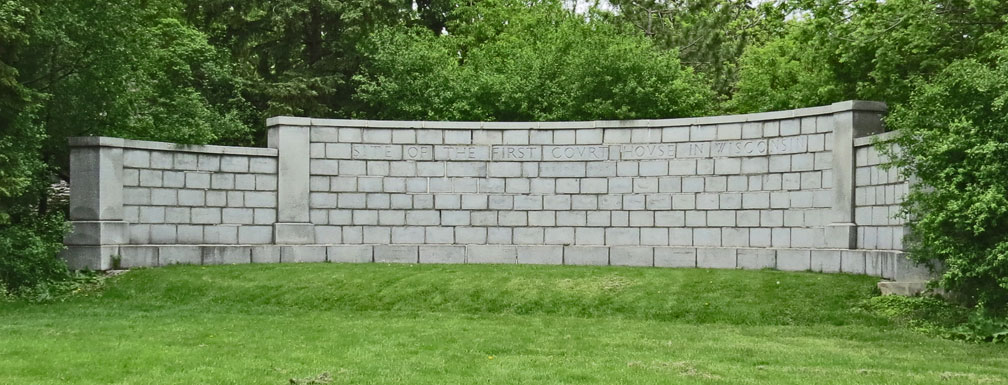
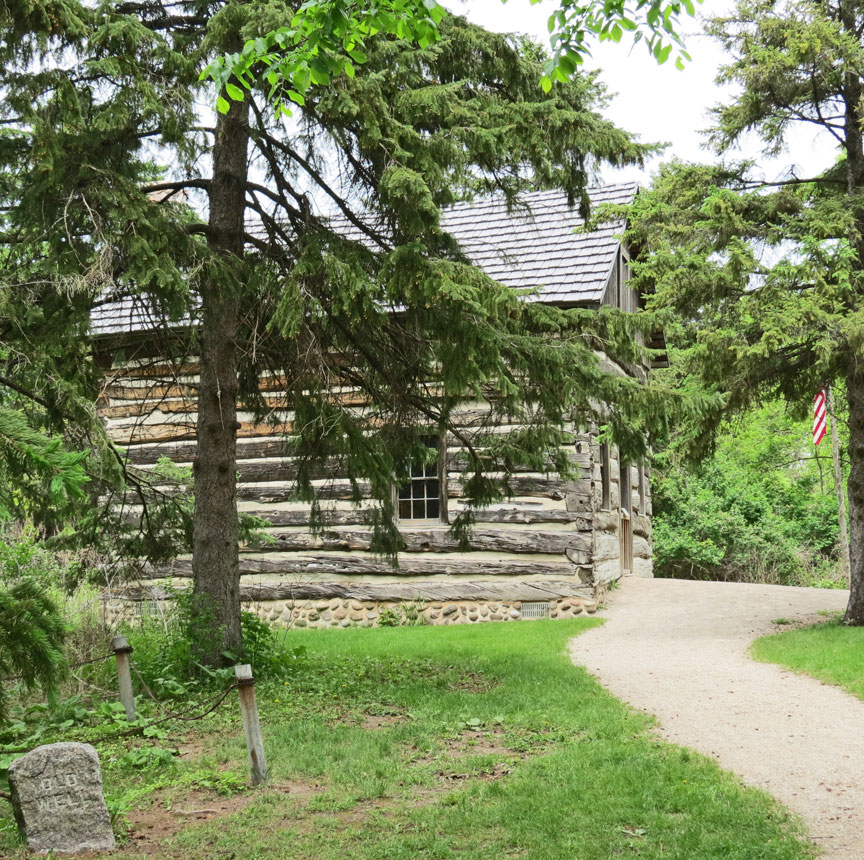

This log building was used as a granary in Door County and was moved to Heritage Hill in 1976. The furnishings were reconstructed from an 1824 Work Order. The famous Trial of Chief Oshkosh took place very near the site of this building.
| Original Build Date | Unknown |
|---|---|
| Original Location | Door County |
| Construction Style | Full Log with Dovetail Joints |
| Original Owner | Unknown |
| Moved to Heritage Hill | Reconstructed in 1976 |
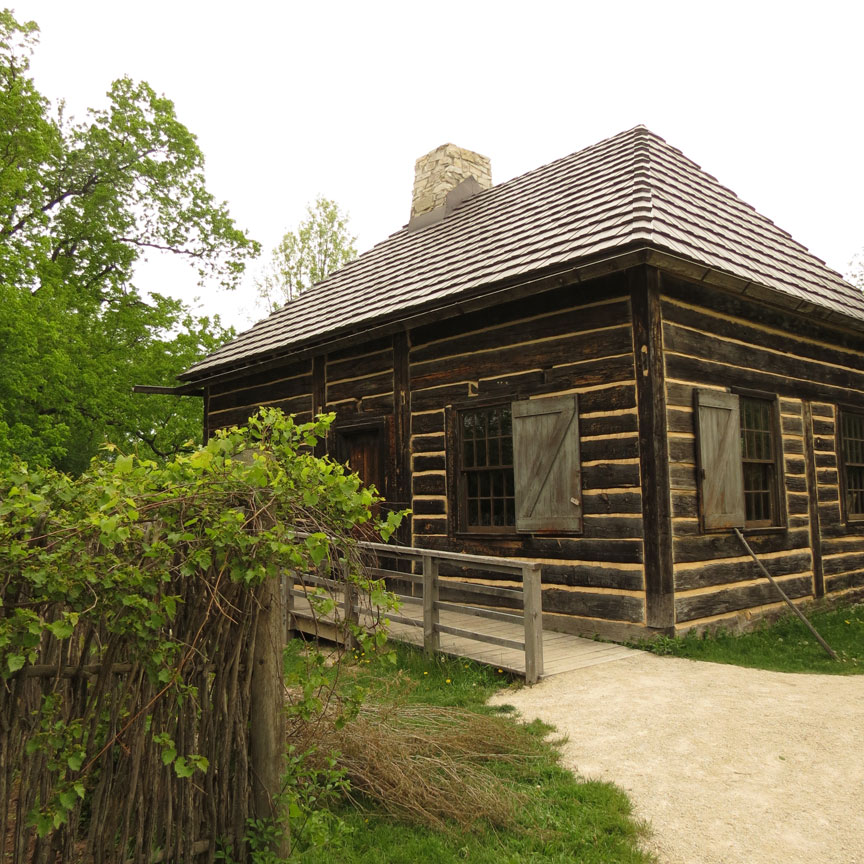
Fur Trader's Cabin
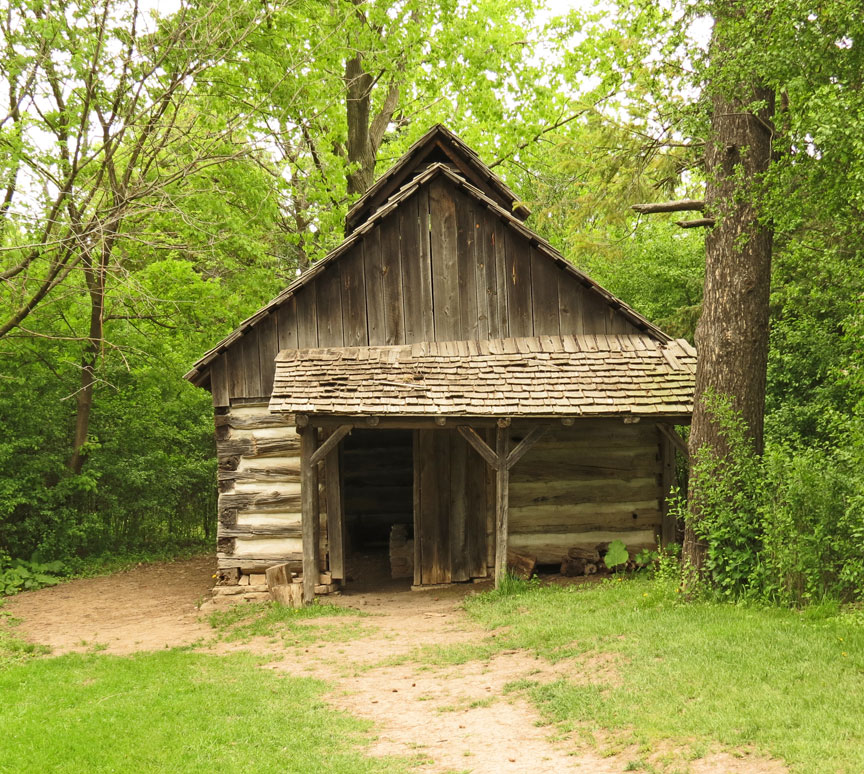
Maple Sugaring House
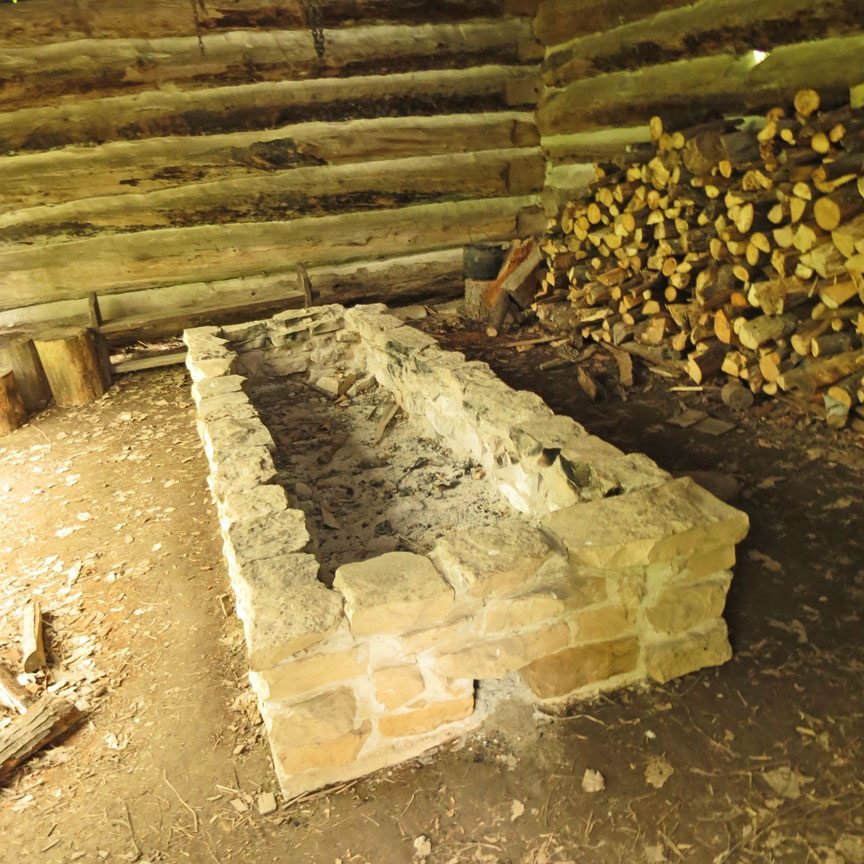
This building is used for making maple syrup. This product was used to sweeten foods as brown or white sugar was expensive and harder to obtain.
| Original Build Date | 1981 (reproduction) |
|---|---|
| Original Location | Heritage Hill |
| Construction Style | Log |
| Original Owner | DNR |
| Moved to Heritage Hill | Constructed on site |

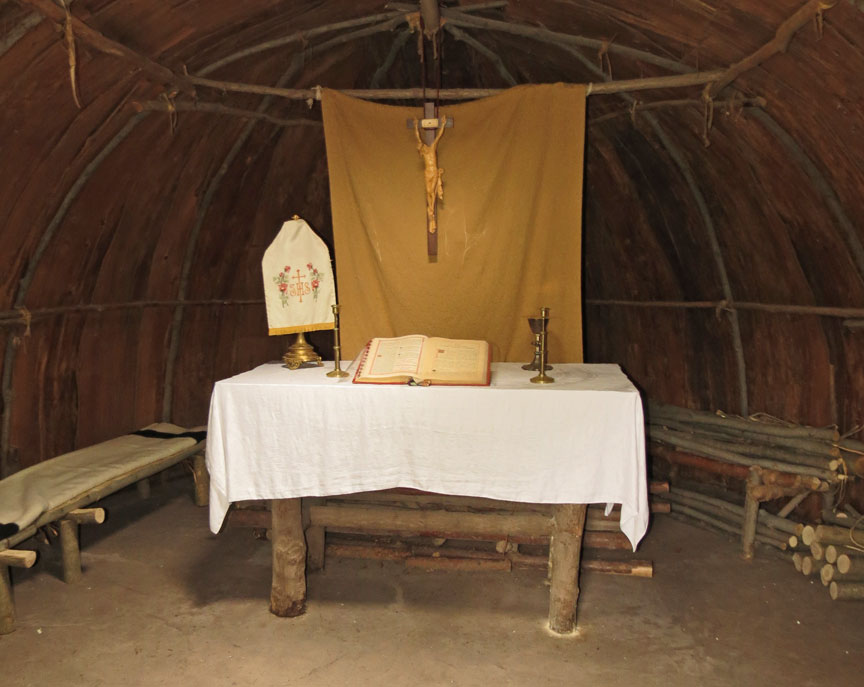
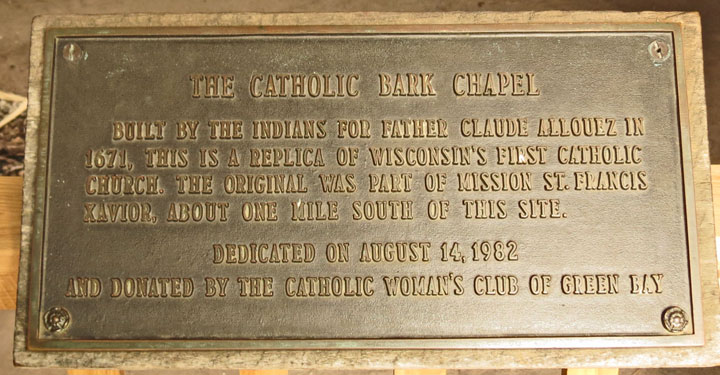
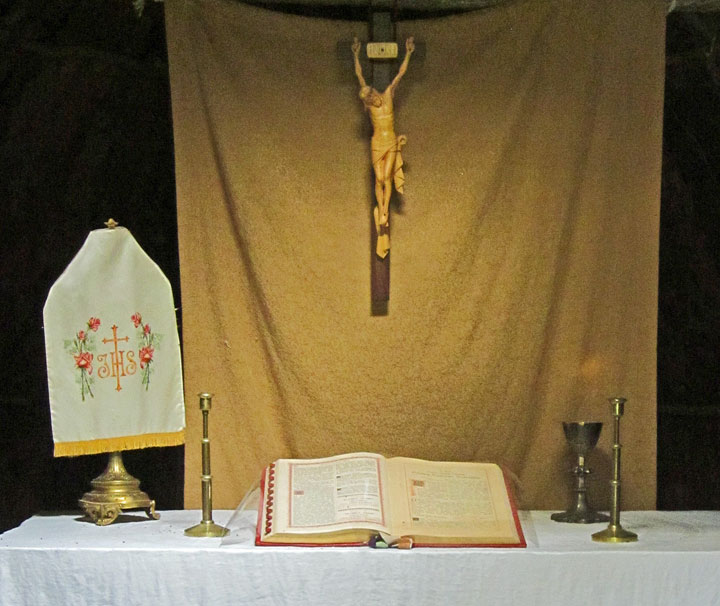
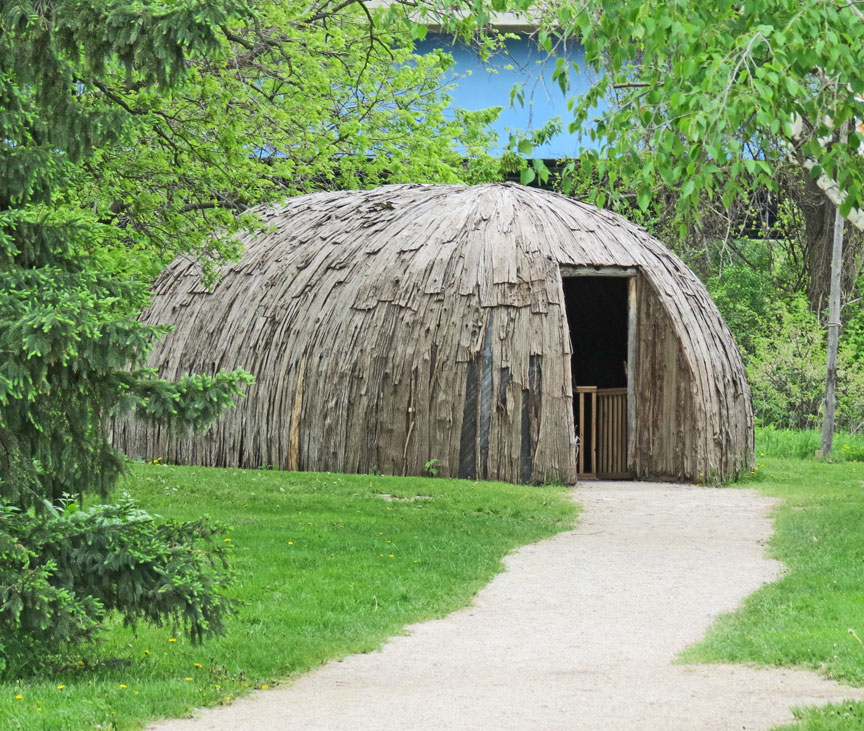
Bark chapels were built until a more permanent structure could be built. The Jesuit priests would use these structures as a place of worship as well as for their dwelling. Original structures were constructed of sapling framework with elm bark. The Bark Chapel at Heritage Hill is a replica. Our bark chapel is covered with cedar bark. The architecture of the building reflects the Iroquois long house structure.
| Original Build Date | 1982 (Reproduction) |
|---|---|
| Original Location | Heritage Hill |
| Construction Style | Sapling framework with bark covering. |
| Original Owner | DNR |
| Moved to Heritage Hill | Constructed on site |
